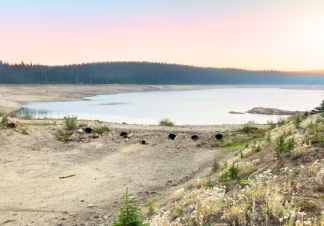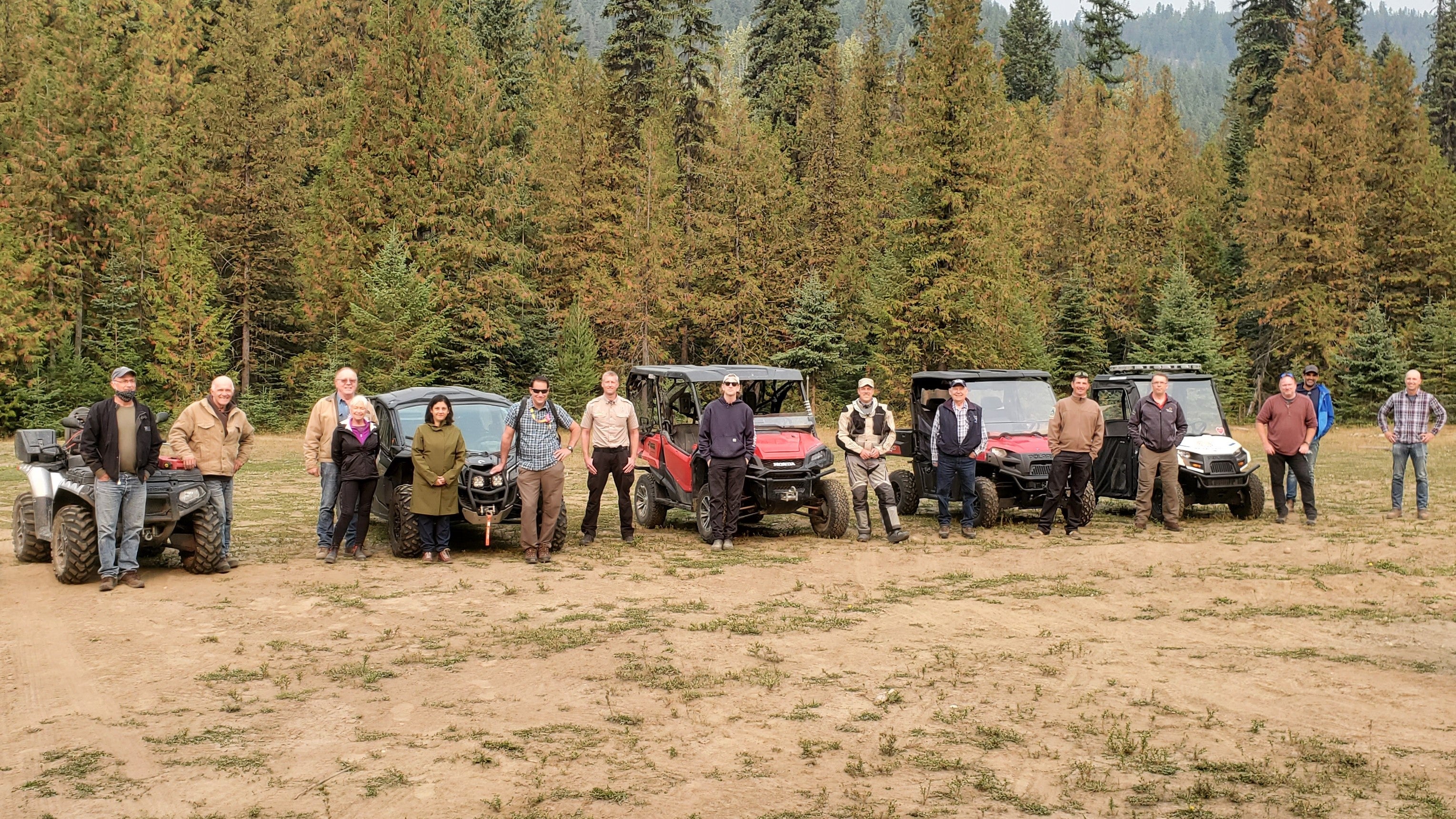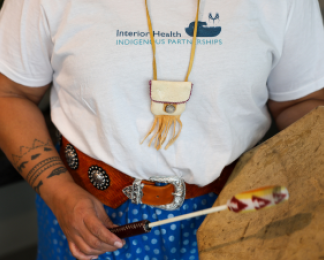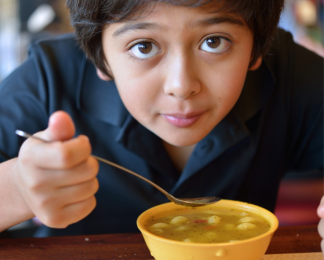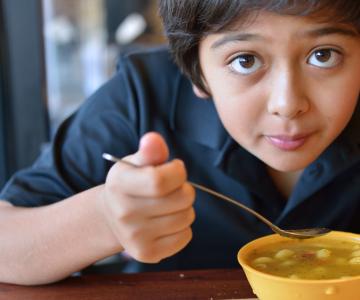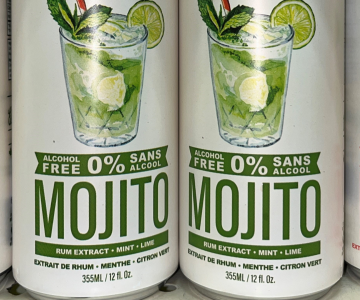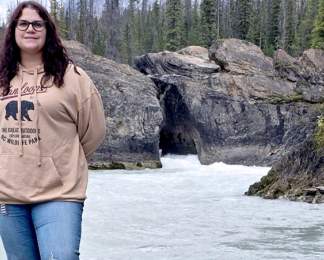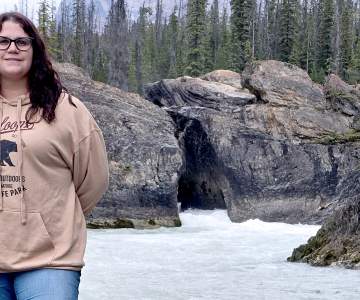When you take a drink of water, shower, water your garden or wash your car, have you ever paused to think about the journey your water takes from the source to your taps?
If you’re among tens of thousands of people in the Interior region who rely on the city for your water supply, it’s easy to take for granted we have access to safe, clean drinking water. On the other hand, if you’re on a small water system, you likely have a more intimate knowledge about who provides and treats your water.
You might be surprised to know the Interior is home to close to 2,000 permitted water system providers and operators – a person or organization that supplies and/or treats water. Some water system operators supply water to as few as a half dozen homes or an RV park. Cities like Kelowna and Kamloops provide water to tens of thousands of residents.

